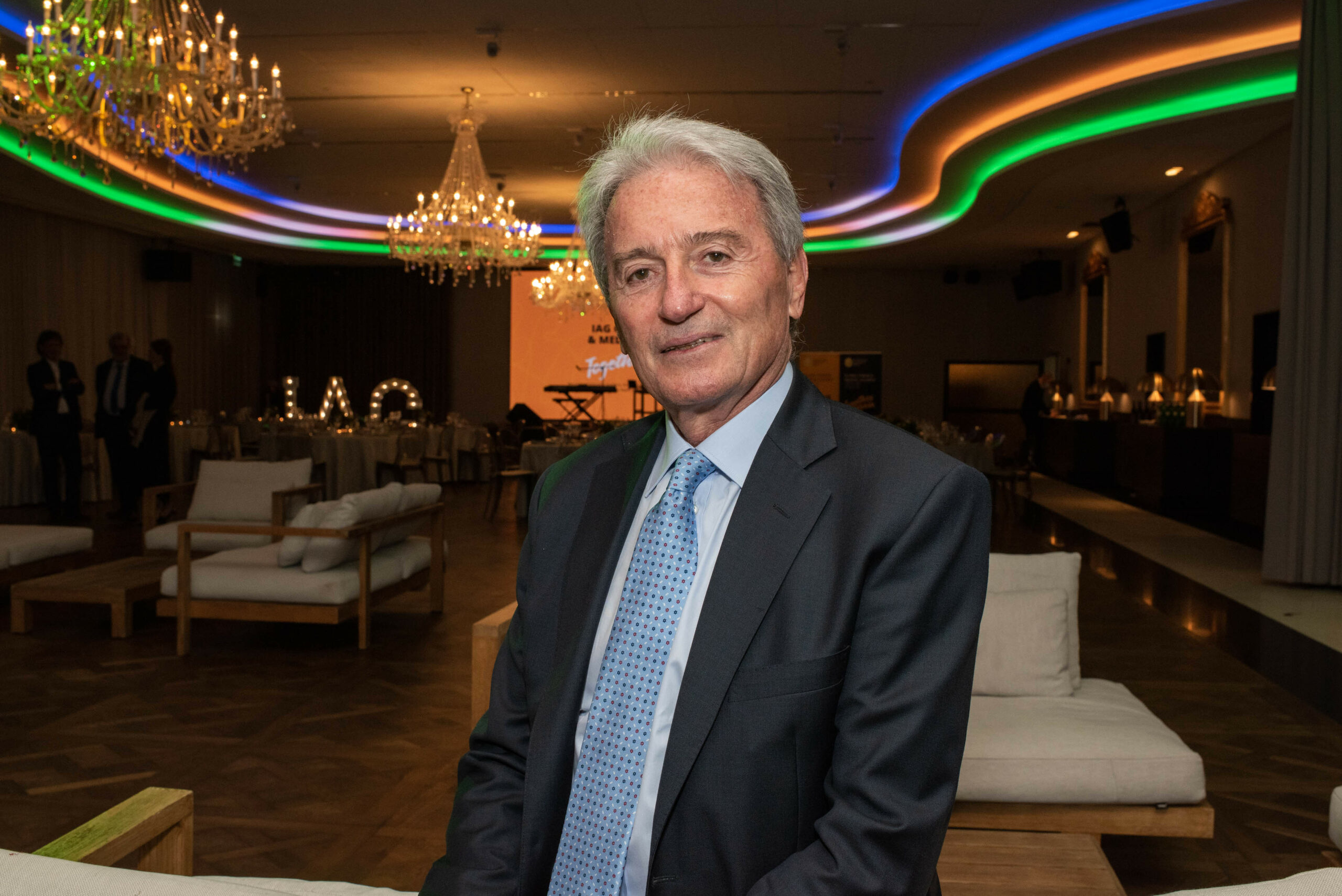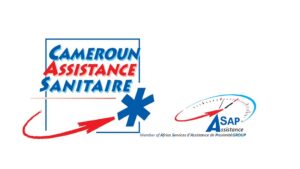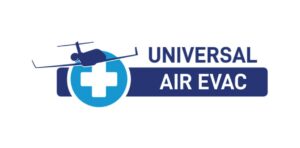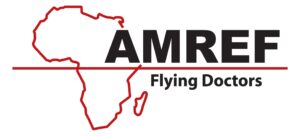The International Assistance Group (IAG) was founded by three small companies in 1992, who sought to provide high-quality services to travellers by building a global network that leveraged the strength of local provider knowledge and resources.
Thirty years on, it is the world’s largest alliance of independent assistance companies, with over 160 partners in 120 countries across five continents. The IAG network delivers roadside, medical, travel, corporate and home assistance for business and leisure travellers, expatriate workers and corporate clients.
To mark the company’s 30th anniversary, we spoke with one of the Group’s founding partners, Gualtiero Ventura from the International Care Company in Italy (originally Filo Diretto). Gualtiero reflects on the past three decades, how it all started, and what he thinks the future looks like for IAG.
What prompted the establishment of IAG 30 years ago?
We [International Care Company] were a small company in Italy and had to compete with the large assistance companies. So, we came up with the idea of setting up an international network that gave us the potential to work better alongside larger companies – and extend our reach to ultimately deliver better value to customers. Fundamentally, it was about local partnerships and global solutions.
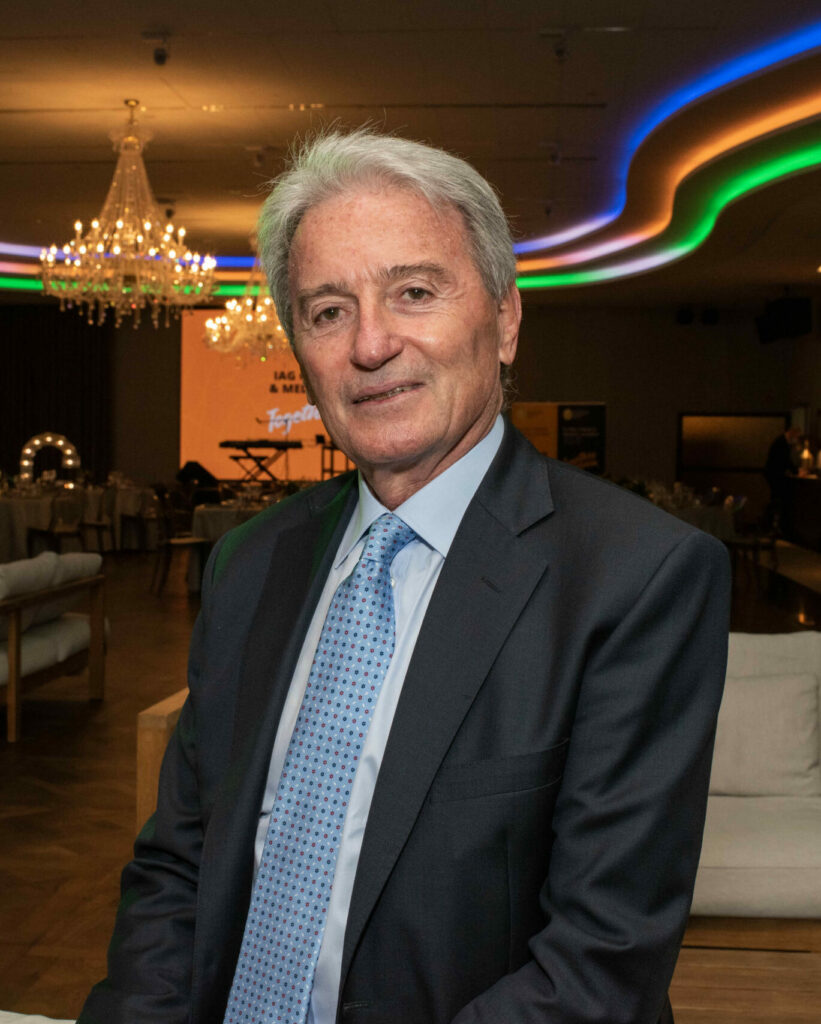
Was there a particular moment, conversation or event where your story began?
Yes. I had sent a team to an Egyptian hospital and at the same time a French assistance company, CGS, had sent a team as well. During this mission, the doctors of course met each other. After learning this, I thought it seemed impractical to send two medical teams, from different organisations with the same purpose, to the same hospital. I called the President of CGS and asked him: ‘Why don’t we send one talented team on
behalf of both our companies and increase our efficiencies?’ From there, IAG began.
What was the industry need/driving factor from partners?
A quality, international network was our priority. The idea was to have one network for smaller assistance companies that didn’t have international branches, and who weren’t already connected to larger insurance companies. We met our first partner, CGS in France, and shared our idea to create our own network that would be able to send assistance teams around the world. A single mission for both companies was the initial idea.
What organisations were instrumental in founding the IAG?
In the beginning, the group was made up of ADA in Spain, CGS in France, and Filo Diretto in Italy, followed by partnerships with assistance companies in the UK, Switzerland and Amsterdam. After a year or so of operating, we appointed a General Manager to oversee operations and drive the group’s advancement. After that, our network grew very fast.
What was the original vision and core purpose for the IAG? How has this changed over time?
What we envisioned in 1992 has led us to create the IAG that is today. There haven’t been many changes in terms of purpose and vision. We have always focused on a quality, international network that draws upon the strength and knowledge of local providers. That’s very important to us and has remained so for 30
years.
In the early years, what do you believe most attracted partners to join IAG – and has this changed over time?
What attracted organisations was the ability to be part of an international group and access to a broader
clientele. For example, International Care Company in Italy, that I’m very proud to have set up, doesn’t have any other branches outside of Italy. So, for our company to be part of IAG allows us to compete on international tenders alongside large assistance companies. As a smaller sized company, we also benefit from the marketing of our business and services by IAG to a global audience.
As a founding partner, what moments or achievements are you most proud of?
When I was young and IAG only had three member companies, I couldn’t imagine we’d see over 100 different assistance companies being part of the group as there are today. In the beginning, our goal was to create a small association to attend locally to clients. Now we bring together many different cultures and can compete with large assistance companies and participate in international tenders for companies like Tesla. I’m very proud of this.
Where and how do you see the International Assistance Group in another 30 years’ time?
The market is changing, and this includes the needs of our clients and the way people travel. The pandemic has been traumatic and the assistance industry has changed. Now there’s client demand for technology rather than traditional assistance, meaning that digital or telehealth services are needed even more in the future. We’re putting all our ideas and information together to make sure we continue to offer relevant and vital services to our clients in the long term.
